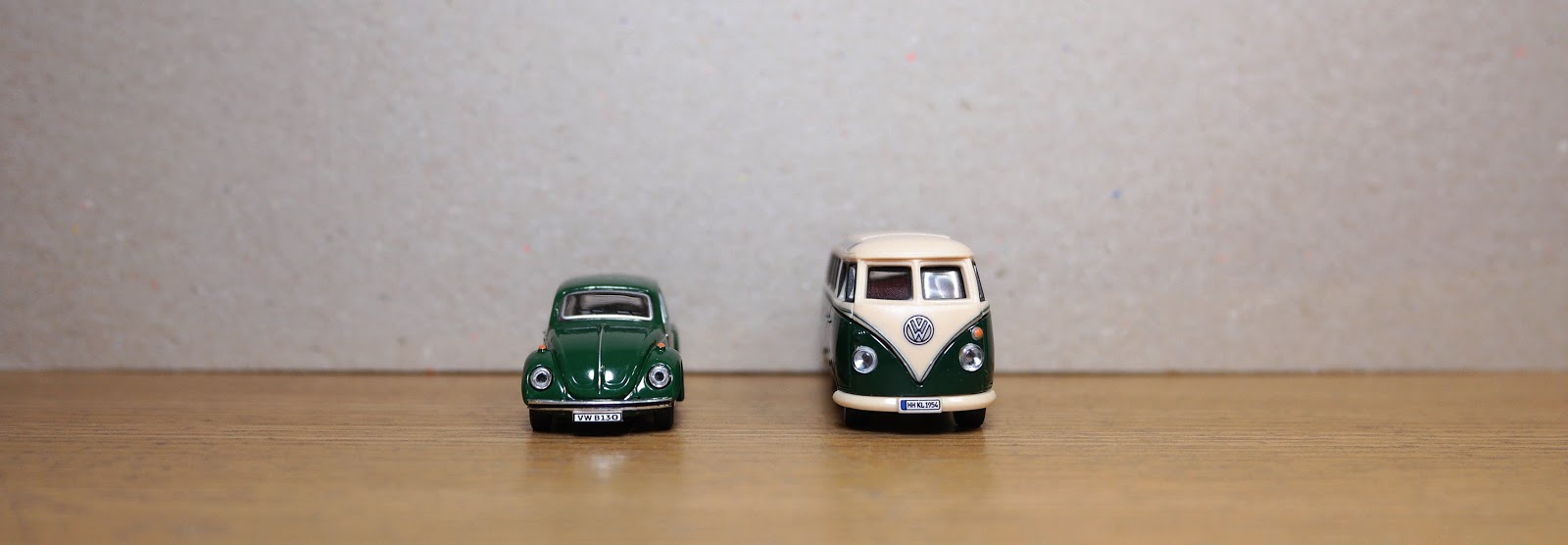After a couple of months of inactivity on the hobby front, I was able to spend the Thanksgiving holiday finishing up a couple of miniatures. The first job was elevating the Pathfinder Paeta to being Queen of the Demonweb Pits.
I wasn't able to find out much about what or who Paeta is, but she seems to be somehow related to phase spiders. The legs on my Paeta figure were all bent and distorted, so I had to clip them off and pin them so that she could stand up properly.
Unfortunately the plastic that the figure is made out of is not very strong, so the legs will sag if she is kept free standing for long periods of time (or if the temperature is too high).
I thought that she would make a good representation of Lolth, since I am of the same opinion as Shandar the Ashen One regarding Lolth's current depiction as a drider.
I repainted her face using Jim Roslof's illustration from the cover of AD&D Module Q1 as inspiration.
Now I'll need to find some solifugids and pedipalps to back her up.
The second figure I completed is a decapus, modeled after the Erol Otus art for the cover of D&D Module B3.
Because of this picture, I've always thought of the decapus as a kind of plant creature. The tentacles that split and rejoin reminded me a lot of the banyan tree, while the spines on its body reminded me a lot of the spines on the rambutan fruit.
I cobbled the figure together using a grell and an abyssal maw from the D&D Miniatures line.
I chopped off the legs and extra eyes from the abyssal maw, and used the body as the basis of the decapus. The tentacles were removed from the grell, reshaped a bit with a hair dryer, and then pinned to the body.
The spines on its body were made out of stretched sprue that I bent and glued into holes drilled into the body. The attachment points were then sealed with J-B Weld.
I added splitting and rejoining tendrils using round cross sectioned plastic twist ties. I shaved off some of the plastic at each end of a section to expose the wire, and then glued them into holes drilled into the tentacles. The ties were then slathered with J-B Weld.
I built up some more ropiness to the tentacles with J-B Weld, and after the epoxy dried, I painted the miniature.
The eyes bulge out unlike the decapus of the Otus picture, but I think it makes the creature look more plant-like this way.
In conclusion, a size comparison of the miniatures with George:
Douglas DC-3 Walk Around Part II
20 hours ago
























































